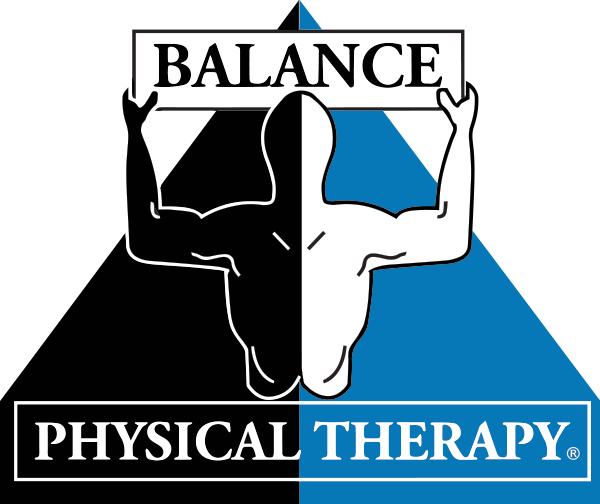My name is Kelli Lowe and I am less than 1 month away from graduating from physical therapy (PT) school (a three-year doctoral program that has flown by right in front of my eyes)! My goal with this post is to provide both a bird’s-eye view of physical therapy as well as some details about life as a student physical therapist (SPT).
For those who have always wondered, “What do physical therapists do?” We are movement experts whose main goal is to improve the way you move. We work with people of all ages in a variety of settings including:
- Acute Care
- Aquatics
- Neurology
- Oncology
- Orthopedics
- Pediatrics
- Sports
- Pelvic Health
In all of these settings, our goal is to examine, diagnose and provide evidence-based treatments to improve function and decrease pain in all activities, whether it be walking around a grocery store or running a marathon. As students, we take a wide spectrum of classes that prepare us to work with various patient populations. Some courses we take are:
- Anatomy
- Neuroscience
- Motor Development
- Research Methods
- Orthopedics
- Pediatrics
- Geriatrics
- Pharmacology
- Clinical Teaching
- Differential Diagnosis
- and many more
The variety of courses are due to one of the most recent additions to our profession called “Direct Access.” Direct Access means that a person can go to physical therapy WITHOUT receiving a doctor’s referral. Because of this, physical therapists need to be able to differentially diagnose to ensure patients don’t have any other major health concerns and know how different medications can affect the body. As an SPT, it has been exciting to learn about how the roles of a PT continue to grow and evolve each year.
There are a variety of classes physical therapy students take over the course of 2-3 years, which often leads to a rigorous schedule. During the typical school day, we are in class anywhere from 4-8 hours! And once classes were over, studying the material learned that day was required to stay up on material for examinations! For these long days, getting a good breakfast, packing a lunch, snacks and sometimes dinner are what helped get us through. In addition to food, the support from faculty and classmates are another key ingredient to life as an SPT.
There are countless days of studying, working out, laughing and crying with classmates that occur in PT school. Some of my fondest memories were walks around campus on a break between classes and celebrating passing our tests! You truly become a family and one of the main reasons is because your classmates are the best at understanding what you are going through, since they’re in the thick of it with you.
Life as an SPT is both challenging and rewarding. One of the best parts is going to clinical rotations, which are the “real-life” portion of PT school. During clinicals, SPTs work full-time in one of the above-mentioned settings with guidance from a Clinical Instructor (CI). This is when SPTs get the chance to apply what was learned in class and learn from practicing PTs. Clinicals can be a rejuvenating time, breaking up the repetition of class, studying and tests, by reminding SPTs of why they chose this career in the first place: to help people. However, in some ways, clinicals require even more effort than studying for tests!
During my time at Balance Physical Therapy-Monterey, I have had the opportunity to learn about exercise programming for athletes of all ages, observe a pelvic health therapist and learn more about business-management. The variety of experiences Balance PT offers has enriched my education, but the support and encouragement from the PTs, PT aides and administrative staff are what made my last clinical the most memorable.
